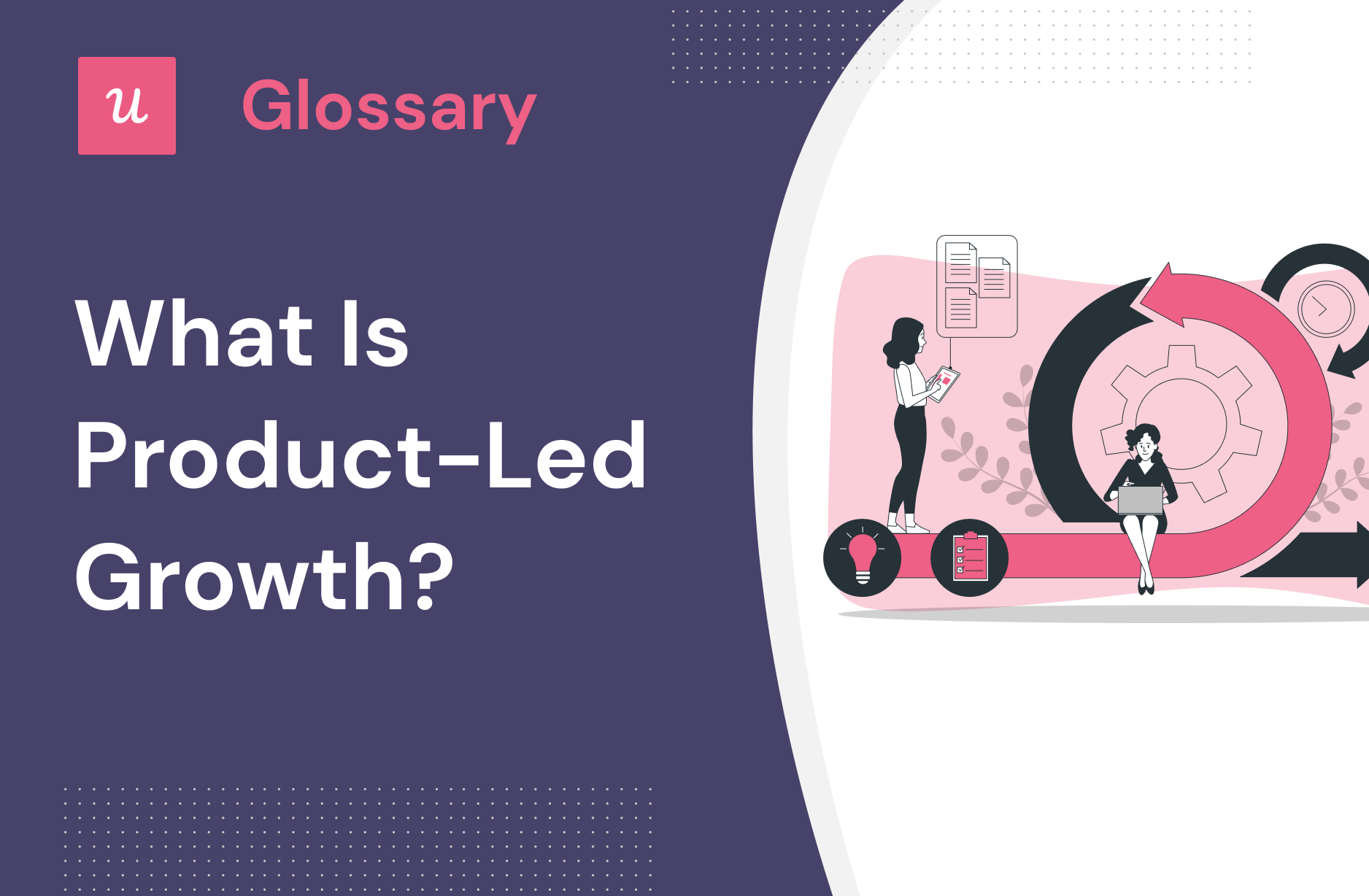What is Product-Led Growth?

Product-led growth (PLG) is an approach toward organizational growth that focuses on using the product as the primary driver of growth. A product-led growth strategy allows users to experience the product right away without jumping through hoops of advertisements, marketing strategies, and plans before starting the engine.
To achieve this, PLG companies usually have a free trial or a freemium pricing model to get potential customers through the door.
Why is Product-Led Growth important?
If you were just to skim the surface of product-led growth strategy, it would seem like just another model asking the buyer to ‘try before you buy.’ Should you dig a little deeper, you will understand that PLG is an extensive methodology that businesses can benefit from.
Here’s why a product-led growth approach is important for SaaS products.
- PLG is unique because it allows businesses to lower their acquisition costs, improve retention, enjoy shorter sales cycles, and enhance customer satisfaction.
- A better way to persuade users to purchase your product is to show them the value rather than tell them about it.
- A PLG approach asks for small incremental commitments from the user so the sale process doesn’t feel like a burden.
Sounds good, right? If you’re looking to drive growth with product-led you should also keep in mind that adding a free trial or freemium version is not all. You still need marketing to attract users and in-app guidance to make sure they experience value inside the product fast.
Do you need tools for Product-Led Growth?
Wondering why you even need a product-led growth tool? There are several reasons why you may need one:
It’s not enough to get people to try your product. Once they sign up you need to make sure they have a good user experience and see the value.
Let me guess. You don’t have huge customer success and customer support teams, nor the budget to hire more. The good part, is you don’t need to.
Here’s how product-led automation tools help.
- Easily automate in-app guides like welcome screens, checklists or tooltips without having to waste your developers’ time to custom code these inside the app.
- PLG tools provide product usage analytics that helps you understand which users need help and when.
- It’s easier to trigger in-app experiences to the right user with segmentation (you couldn’t do this if you were to custom code all in-app guidance)
- Implementing and A/B testing different product-led strategies is faster and easier with a tool that allows you to automate this.
There’s more, but I think you get the point. It shouldn’t be a question of do you need tools, but which tool to get. As there are multiple ones out there, this article will help you pick the right one for you.
What are the best tools for Product-Led Growth?
Looking to drive product growth but not sure which tool offers the best value for money? Here are the ones that should be on your shortlist and why.
- Userpilot: best product-led growth tool for personalized user onboarding
- Appcues: best product-led growth tool for mobile user onboarding
- Pendo: best product-led growth tool for in-depth user analytics and feedback
- Userguiding: best product-led growth tool for user onboarding on a budget
- Chameleon: best product-led growth tool for collecting feedback to improve
Let’s dive deeper into how each stacks up for different company sizes, budgets, and jobs to be done!
What are the must have features of Product-Led Growth tools?
Before deciding which product-led growth tool works best, you should keep in mind that there is a minimum set of features that you should get with it. Otherwise, you won’t be able to properly build in-app guides and product tours to help users experience value.
Here’s what to look for before picking a product-led growth tool:
- Make sure the tool you choose doesn’t restrict access to basic UI patterns and guides on the starter plans. The most important ones for implementing a product-led strategy are checklists, modals, tooltips, banners, and hotspots.
- Look into getting decent segmentation capabilities based on in-app behavior and in-app experience engagement so you can properly personalize your messaging for each,
- Proper analytics will help. Look for a tool that allows you to track how users progress through the journey, and how they engage with the product’s features and give you at least basic functionality to collect and analyze feedback
- The right tool should also offer integrations with other tools in your stack so you can get better insights into your data in one place.
- Having the ability to build an in-app Resource Center is a plus as you’ll be able to offer self-service support without having to code. This is quite important when focusing on becoming product-led.
There you have it. These are the basic features you should be looking for, but depending on your specific needs, you might be ok going for a solution that doesn’t cover all.
Check out how Userpilot helps you with Product-Led Growth!


